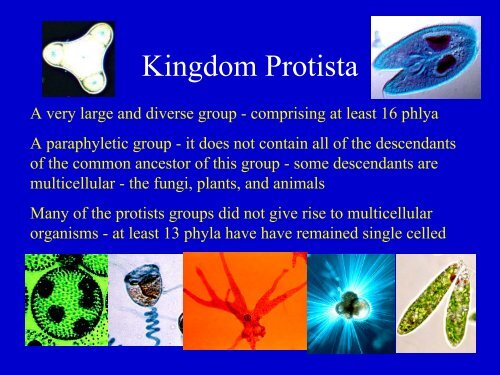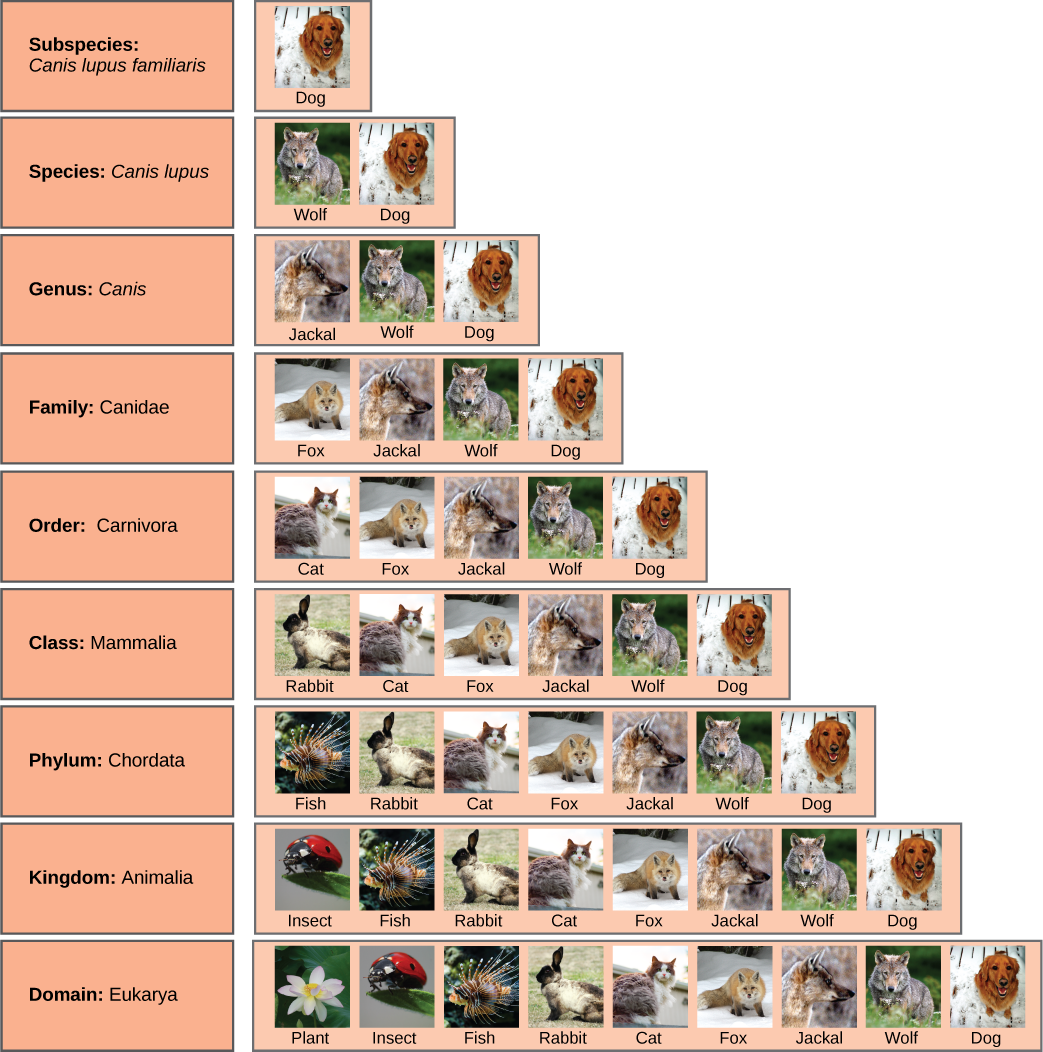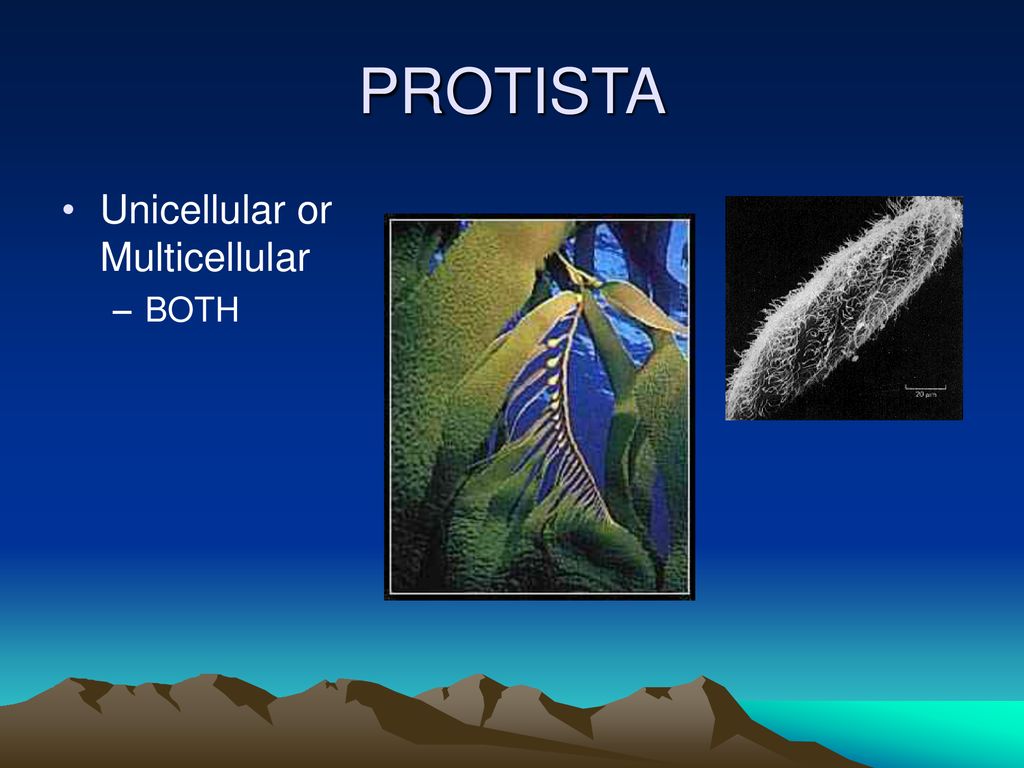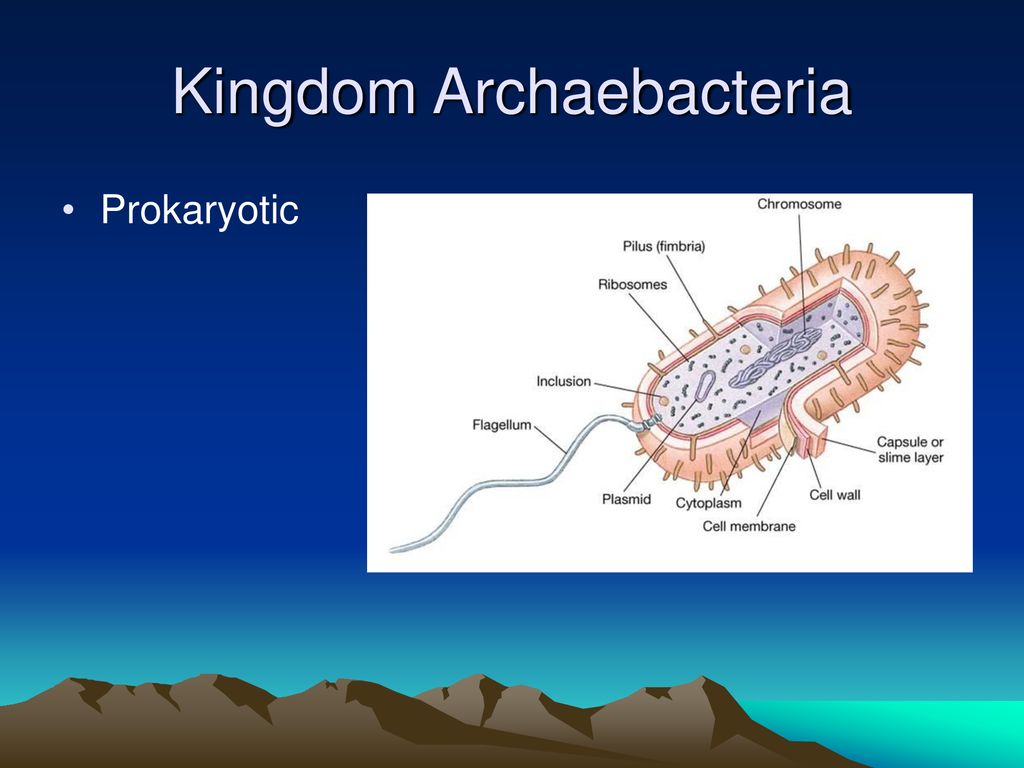Multicellular Food Ingesters Kingdom
FUNGI multicellular decomposers molds and mushrooms. What are the general characteristics of life.

Biology Midterm Vocabulary Flashcards Quizlet
Animals included every living thing that moved ate and grew to a certain size and stopped growing.

Multicellular food ingesters kingdom. Match each of the following characteristics into the correct eukaryotic kingdom based on the descriptions. Roots transporting energy bones. Summarize the Main Idea 15.
The different classification of fungi is as follows. ANIMALIA multicellular food ingesters cats and humans. Reproduction Growth and development organization adaption to the environment use of materials and energy response to stimuli homeostasis.
Algae Animalia-multicellular food ingesters-cats and humans Fungi-multicellular decomposers-molds and mushrooms Protista-range from unicellular to multicellular Oct 15 2020 The animal kingdom is the largest kingdom and has animals both with a backbone vertibrate and without a backbone invertebrate. Place each of the following characteristics into the correct kingdom. PROTISTA range from unicellular to multicellular- photosynthetic or.
PROTISTA range from unicellular to multicellular- photosynthetic or not eugiena and paramecium. FUNGI multicellular decomposers molds and mushrooms. The muscles and brain are part of the organ systems that control movement and responses.
Fungi also form a symbiotic association with some blue-green algae. The Animalia kingdom has multicellular organisms that ingest their food. Saprophytic The fungi obtain their nutrition by feeding on dead organic substances.
Kingdom Animalia animal kingdom One member of this kingdom looks like a spinning ball. Unicellular organisms are made up of only one cell that carries out all of the functions needed by the organism while multicellular organisms use many different cells to function. This kingdom is made up of complex multi-celled organisms ranging from sea sponge colonies to elephants.
On the basis of nutrition kingdom fungi can be classified into 3 groups. It is really a colony of unicellular organisms that contain several nuclei and chlorophyll. The vertebrate subsection of the animalia kingdom can be split again into five different sections.
Their mode of nutrition is saprophytic as they use decaying organic matter as food. All organisms in the Animal kingdom are Heterotrophs meaning unlike plants which produce their own food animals feed upon other organisms. Decide if it is describing theory or hypothesis and classify it accordingly.
View Protistapdf from AA 1Kingdom Protista A very large and diverse group - comprising at least 16 phlya A paraphyletic group - it does not contain all. The heart is part of the organ system that blood and other materials. Biology questions and answers.
Based on Mode of nutrition. Obtaining food and energy An organism that cannot manufacture its own food and instead obtains its food and energy by taking in organic substances usually plant or animal matter. The members of this kingdom can be split into two groups vertebrates and invertebrates.
BIOL1101 - Elements of Biology theories and hypotheses for each scenario below. PLANTAE well-known multicellular photosynthesizers ferns. Animals in contrast to fungi are intraorganismal nutrient absorbers ie they are ingesters and extracellular but internal digesters.
Algae can be multicellular or unicellular. Plantae-photosynthetic multicellular organisms-ferns and algae Animalia-multicellular food ingesters-cats and humans Fungi-multicellular decomposers-molds and mushrooms Protista-range from unicellular to multicellular photosynthetic or not-Euglena and Paramecium. Plantae-Photosynthetic multicellular organisms -Ferns and Algae Animilia-Multicellular food ingesters-Cats and humans Fungi-Multicellular decomposers -Molds and mushrooms Protista-Range from unicellular to multicellular to photosynthetic or not-Euglena and Paramecium.
The salamander has an organ system that breaks down food for. Five Kingdom Classification System Once upon a time all living things were lumped together into two kingdoms namely plants and animals at least thats how I learned it. Animals are motile metazoans ie multicelled eucaryotes whose cells lack walls.
Unicellular organisms include bacteria protists and yeast. This kingdom includes everything from mollusks to spiders. How are cells organized in multicellular organisms.
ANIMALIA multicellular food ingesters cats and humans. They have cell walls which are made up of a substance called Chitin. For example a paramecium is a slipper-shaped unicellular organism found in pond water.
Rhizopus Penicillium and Aspergillus. An organism that manufactures its own food from inorganic substances such as carbon dioxide and. All animals protozoans fungi and most bacteria are HETEROTROPHS.
Eukaryotic kingdoms Match each of the following characteristics into the correct eukaryotic kingdom based on the descriptions Well-known multicellular photosynthesizers Molds and mushrooms Ferns Cats and humans Range from unicular to music photosynthetic or not Multicellular decomposers Euglena and Paramecium Multicellular food ingesters Plantae. Heterotrophic Multicellular and Eukaryotic organisms are grouped under Kingdom Fungi. PLANTAE well-known multicellular photosynthesizers ferns.
Kingdoms Eubacteria and Archaebacteria bacteria kingdoms All members of this kingdom are multicellular and ingest their food. Match each of the following characteristics into the correct eukaryotic kingdom based on the descriptions Fems Multicellular decomposers Euglena and Paramecium Cats and humans Range from unicellular to multicellular photosynthetic or not Well-known multicellular photosynthesizers Multicellular food ingesters. The diagram below shows the different subsections of the animalia.
Kingdom Fungi are classified based on different modes. The largest kingdom of organisms is the Animal or Animalia kingdom.

Biology Midterm Vocabulary Flashcards Quizlet
Solved History Of Classification Of Organisms 1 Early Chegg Com

5 1 Introduction To Biodiversity Environmental Biology

Biol 105 Exam 1 Flashcards Quizlet

Invertebrate Diversity I Porifera Cnidaria Ctenophora Platyhelminthes Rotifera
Solved History Of Classification Of Organisms 1 Early Chegg Com

6 Kingdoms Biology I Honors Ppt Download
Solved Eukaryotic Kingdoms Match Each Of The Following Chegg Com

Biol 105 Exam 1 Flashcards Quizlet

Solved View History Bookmarks Window Help 57 D Sat Chegg Com
Solved History Of Classification Of Organisms 1 Early Chegg Com

Mc Graw Hill Education Connect Biology Chapter 1 Hw Biol 1101 Studocu

Biology Midterm Vocabulary Flashcards Quizlet

6 Kingdoms Biology I Honors Ppt Download
Solved Match Each Of The Following Characteristics Into The Chegg Com

Invertebrate Diversity I Porifera Cnidaria Ctenophora Platyhelminthes Rotifera

6 Kingdoms Biology I Honors Ppt Download

Posters On Various Fungi Includes Mushrooms Molds Yeast And So Much More Fungal Posters For The Classroom Science Poster Fun Science Life Science





Post a Comment for "Multicellular Food Ingesters Kingdom"